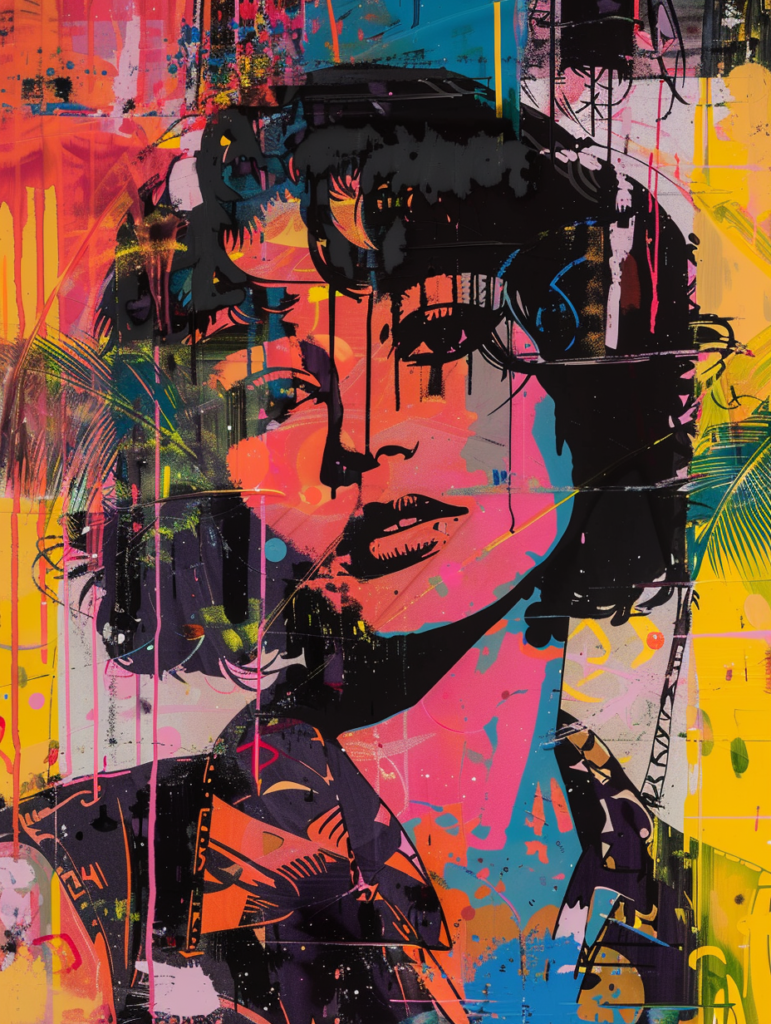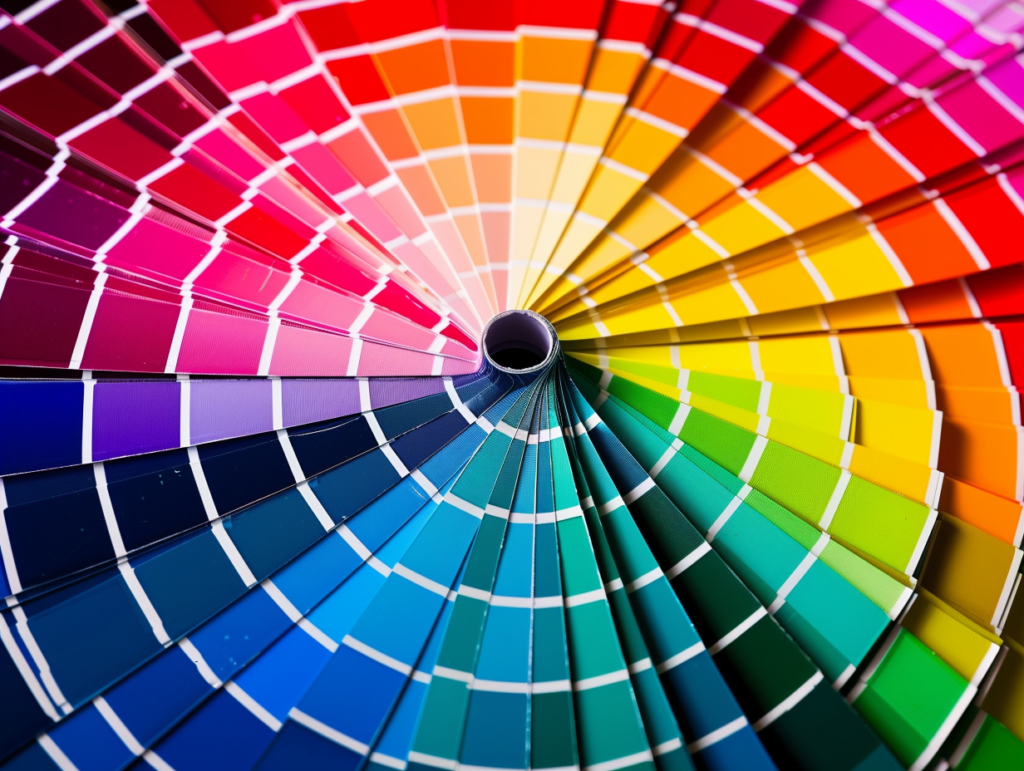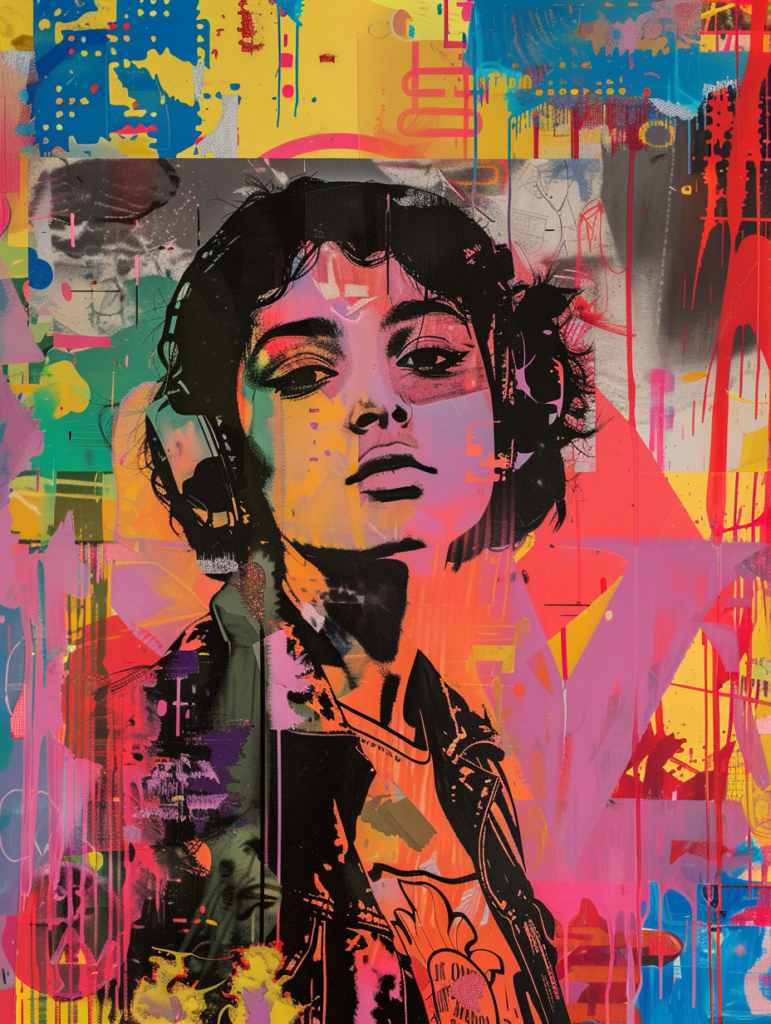Color is a powerful communication tool, influencing decisions, emotions, and even behaviors. Color psychology explores these effects, delving into how different hues can have a wide range of impacts depending on their cultural, temporal, and contextual associations. This blog post provides an in-depth exploration of color psychology, highlighting how it transcends mere aesthetics and plays a crucial role in various aspects of life, including marketing, environmental design, and personal well-being.
Understanding Color Psychology

Basic Concepts: Color psychology is the study of hues as a determinant of human behavior. Colors have qualities that can stimulate certain emotions or evoke physiological responses. For example, blue can induce calmness and red can increase energy levels. These effects are not just subjective; they are rooted in psychological effects that colors have on the mind and body.

Cultural and Contextual Variations: It’s important to note that the psychological effects of color can vary significantly between cultures and individuals. For example, while white is commonly associated with purity and weddings in Western cultures, it is traditionally worn at funerals in many Eastern cultures.
The Emotional Spectrum of Colors

Red: Often associated with passion, energy, and urgency, red can also stimulate appetite, making it a popular choice in food marketing and restaurant decor. However, it can also signal danger, prompting caution.
Blue: Seen as calm and serene, blue is often used in business and healthcare environments to create a sense of security and trust. It’s also associated with productivity and can sometimes suppress appetites.
Green: Representing nature and renewal, green has a calming effect and is often used in spaces that aim to promote relaxation and tranquility. It is also the color of money in many countries, associated with wealth and stability.
Yellow: This color is often considered optimistic and youthful, which can be great for grabbing attention. However, in large amounts or in certain tones, it can be overwhelming and may even cause anxiety.
Purple: Historically associated with royalty and luxury due to its rarity in nature, purple can lend a touch of sophistication and mystery to a design.
Applications in Marketing and Branding

Brand Identity: Colors play a significant role in brand recognition and are pivotal in creating a brand identity. For instance, Tiffany & Co. is known for its distinctive robin’s egg blue, which conveys luxury and exclusivity.
Advertising: Color can influence consumer reactions. For example, orange is often used in calls-to-action for its energetic feel and effectiveness in capturing attention.
Product Design: The color of a product can affect consumer perception of its effectiveness. For example, cold medicines often come in cool colors like blue or green to convey soothing effects, while warming balms are typically red or orange.
Psychological Impacts in Space and Design

Workplaces: Color can significantly affect productivity and mood in the workplace. Blue tones are often used to create a calm and focused environment, while small touches of yellow can inspire creativity.
Healthcare: Green and blue, which are calming and restful, are commonly used in hospitals to help create a healing environment.
Education: Educational environments often utilize color to maximize learning and retention. Soft greens and blues can enhance concentration and reduce fatigue, which is why they are frequently chosen for classrooms.
Personal Well-Being and Interiors

Home Environments: The colors chosen for home decor can influence one’s mood and disposition. For example, earthy greens and blues can create a calming sanctuary, while vibrant reds might energize a space used for socializing or dining.
Therapeutic Uses: Color therapy uses color to affect one’s mental or physical health. Certain colors are said to correspond to different parts of the body and can promote healing or mental wellness.
Conclusion

Color psychology extends far beyond simple aesthetics, touching every part of our lives from the marketing materials we see to the rooms we inhabit. By understanding the psychological effects of different colors, individuals and businesses can make informed decisions about how to use colors to influence mood, convey messages, and even drive sales. Whether you’re a designer, marketer, or just someone looking to redecorate your home, a deeper knowledge of color psychology can provide valuable insights into the emotional and behavioral impacts of your color choices.
















